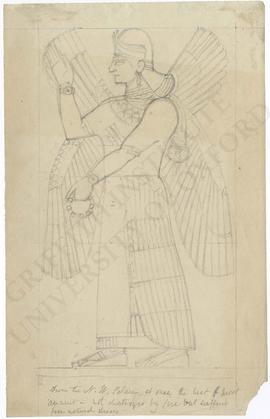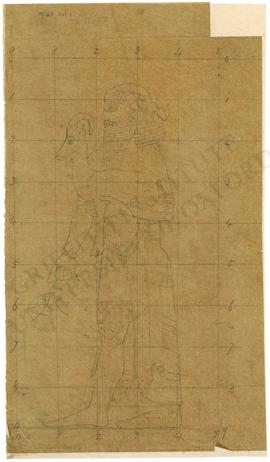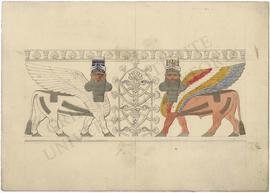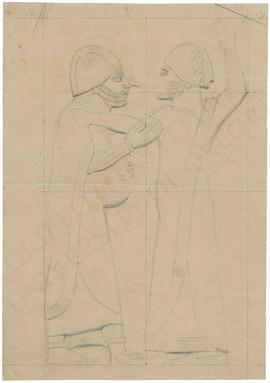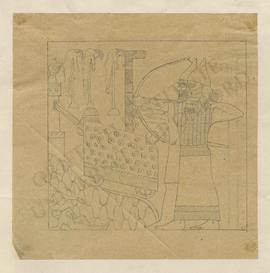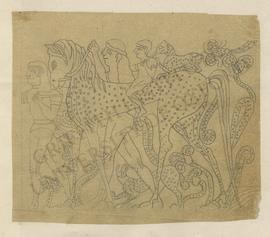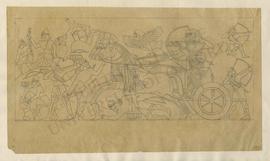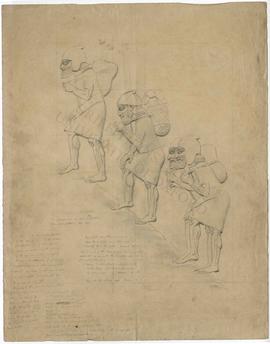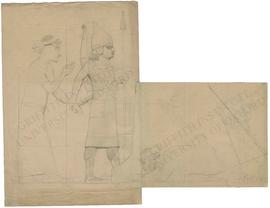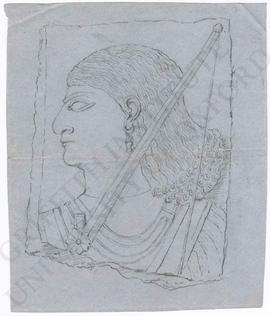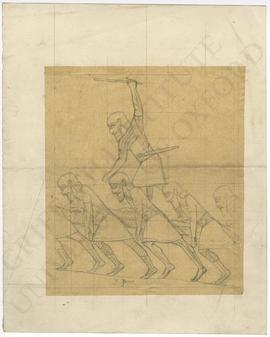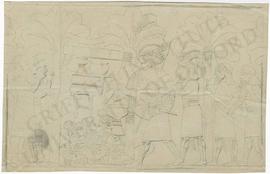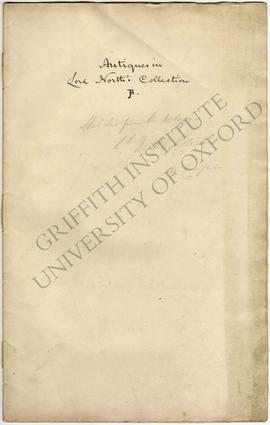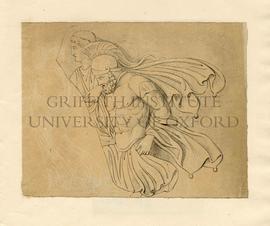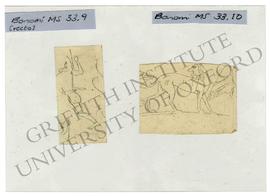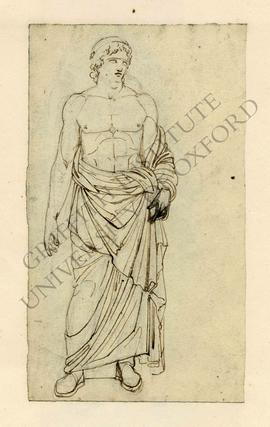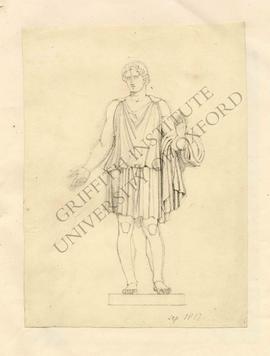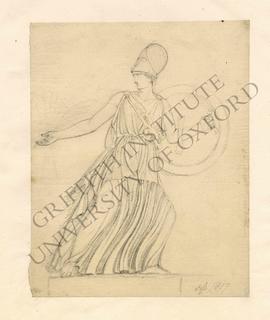Handwritten text:
- pencil text on paper
- loose
- 18.2 x 22.6 cm
- [text]:
'If any man wants [?] {[?]} [?] of the truth of {the} [?]
here it is if he cannot find in history if he cannot
find it in his own heart or if refuses to seek for it then
became he wants an [?] not to look for it then
here is abundance say there books are only words which
[?] him another thing him [?] [?] being
subject to errors of various kinds the [?] of
[?] the [?] of [?] the [?]
of ad(d)itions for [?] of years and offer all
on oldest copy are not another is any
years old which years [?] [?] [?]
except it [?], and year [?] [?] first
year seeing the middle [?]
but is like a middle [?]
The [?] [?] on certainly managed to carry
The expression of age and fatigue of [?] and [?]
are the conclusion[?] the strenuous efforts'



